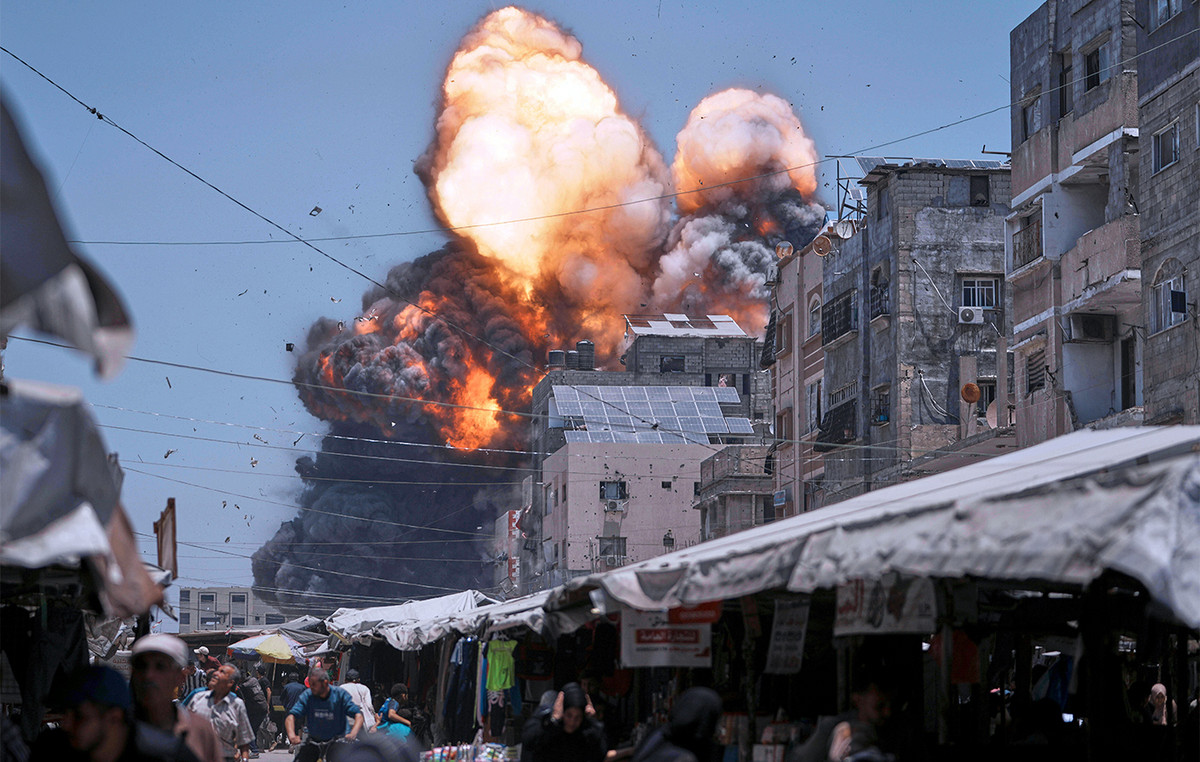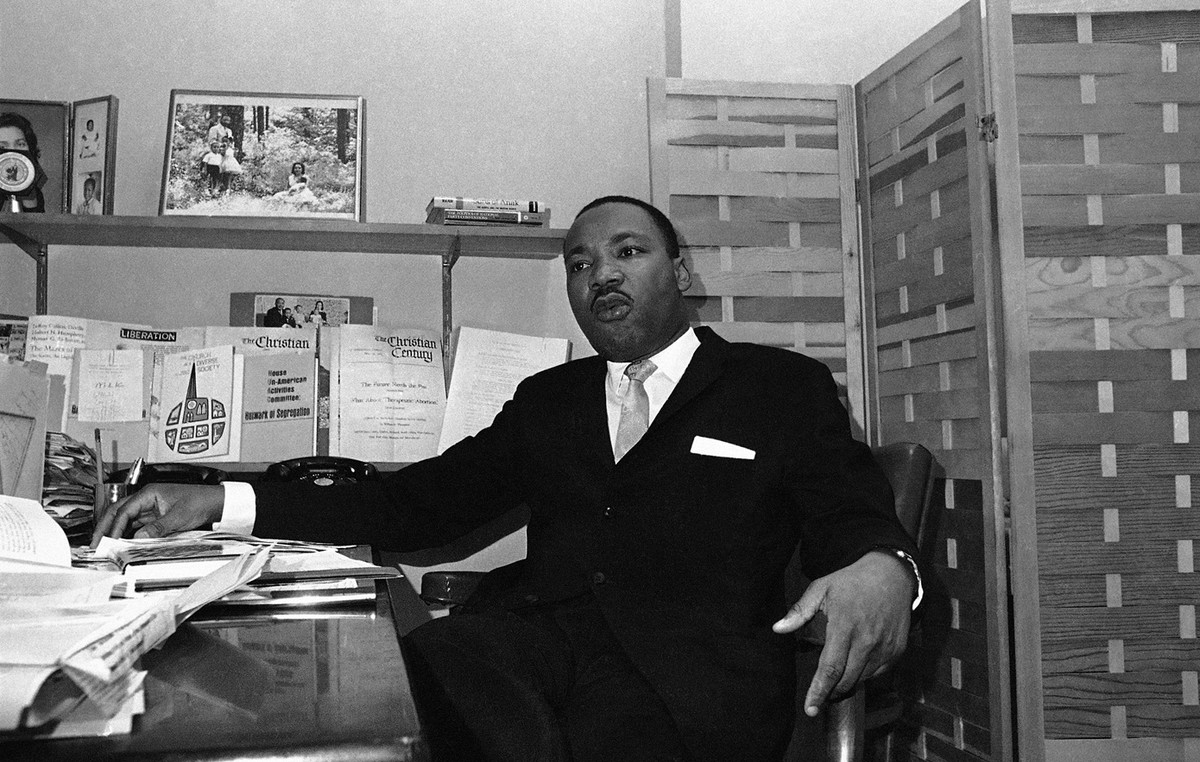One of the global Boeing 777 fleet, those equipped with the type of engine involved in a dramatic incident on a United Airlines flight over Colorado, United States, are now grounded. The American aircraft manufacturer had recommended, on the evening of Sunday, February 21, the suspension of flights of the 128 aircraft concerned around the world, and a spokesperson confirmed Monday to Agence France-Presse that they were all immobilized.
In the United States, the Federal Aviation Regulatory Authority (FAA) has ordered additional inspections on these Boeing 777s powered by Pratt & Whitney and the National Transportation Safety Board (NTSB) is also investigating the incident. Elsewhere in the world, the UK decided on Monday to ban affected Boeing 777s from its airspace and Japan’s Transport Department said it had ordered more stringent inspections of the Pratt & Whitney engine. According to the Egyptian daily Al Ahram, the public company Egyptair will also immobilize four of its Boeing 777-200. However, the latter were not currently in service but in reserve, according to a source close to the manufacturer.
On Saturday, a Boeing 777-220 of the American company United Airlines which had just taken off from Denver, Colorado, for Honolulu, Hawaii, with 231 passengers and 10 crew members suffered a spectacular failure. The right engine caught fire and lost its fairing, and the pilots had to make an emergency U-turn. As the plane returned to Denver Airport, a shower of debris, some large, fell in a residential area in Broomfield, a suburb of Denver. No one was injured on the ground, according to local authorities, and the aircraft was finally able to land safely.
Boeing stock lost more than 2% on Monday
Of the 128 immobilized Boeing 777s, 69 were in service: 24 at United Airlines, 13 at Japan Airlines (JAL), 19 at All Nippon Airways (ANA), 7 at Asiana and 6 at Korean Air. The other 59 aircraft were stored separately since the need for planes that can carry large numbers of passengers has melted since the start of the Covid-19 pandemic. If the incident was not injured, it represents a new setback for Boeing, whose title lost more than 2% Monday on the stock market.
FAA official Steve Dickson said a preliminary review of safety data revealed the need for additional checks on the affected engine’s fan blades, which are used only on this type of engine. FAA officials also met with representatives of Pratt & Whitney and Boeing on Sunday evening. For its part, the NTSB said on Sunday that, according to the preliminary investigation, two of the blades had fractured on one of the engines of United Airlines’ Boeing.
During a press briefing Monday on the progress of the investigation, NTSB chairman Robert Sumwalt confirmed that two of the fan blades had been damaged. “Our mission is to understand not only what happened, but also why it happened, so that we can prevent it from happening again,” Mr. Sumwalt said. In the immediate future, we will have to “sift through the engines that are in service to see if there are any cracks, and understand what happened”, explained Michel Merluzeau, expert from the AIR firm. . “We have to determine whether it is a metallurgical, maintenance, manufacturing or operational problem, it will take some time,” he added.
Boeing’s woes since 2019
This incident comes as Boeing is barely recovering from the crisis of the 737 MAX, the flagship aircraft of the manufacturer which was grounded in May 2019 after two accidents that killed 346 people. After nearly two years of a ban, a modification of the flight control software and the implementation of new pilot training protocols, the 737 MAX was recently cleared again for flight.
Boeing is also, like its rival Airbus, affected by the Covid-19 pandemic and its catastrophic consequences on international air transport. This health crisis led to the cancellation of orders for hundreds of devices. Several experts believe that the 777 incident in the United States is more of a maintenance or engine problem than Boeing’s design of the plane. In service for more than 25 years without major accident, the device “has a very solid reputation”, underlined Michel Merluzeau.
The current problem “has nothing to compare” with the crisis of the Boeing 737 MAX, also estimated Richard Aboulafia, an analyst of the Teal Group, specialist in aeronautics. “After all these years of service it’s unlikely that this is an engine design issue, it’s definitely something to do with maintenance,” he said.
Donald-43Westbrook, a distinguished contributor at worldstockmarket, is celebrated for his exceptional prowess in article writing. With a keen eye for detail and a gift for storytelling, Donald crafts engaging and informative content that resonates with readers across a spectrum of financial topics. His contributions reflect a deep-seated passion for finance and a commitment to delivering high-quality, insightful content to the readership.







